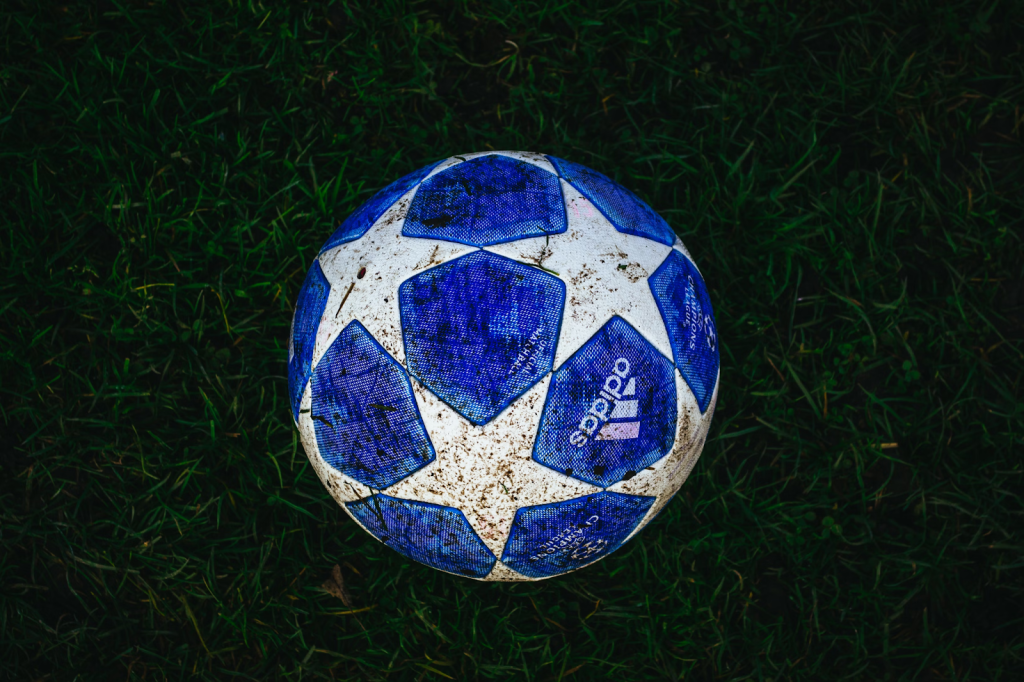
The new European club competition format promises more blockbuster fixtures, extra revenue and extended drama. At the same time, a denser calendar stretches squads to their limits. More travel, more decisive nights, less recovery. The logic mirrors high frequency markets and real time dashboards seen in cricket betting online, where constant action raises engagement but also magnifies risk.
Endless Games, Constant Pressure
With larger league phases and fewer dead rubbers, almost every match carries weight. Pressure becomes permanent. Players and staff operate in a cycle of preparation, travel and recovery that rarely resets. Emotional fatigue appears earlier in the season. Small dips in concentration become visible as basic errors in build up, pressing and finishing.
Broadcast demands and branding goals push for peak intensity in multiple competitions at once. Domestic leagues and cups do not shrink to compensate. As a result, competitive load rises without proportional structural relief.
Injuries As A Structural Outcome, Not Bad Luck
The spike in muscle injuries and overuse problems is not accidental. Shorter gaps between high intensity games reduce adaptation time. Even with elite medical teams, recovery windows narrow. Data departments flag red zones more often, yet fixture lists leave limited room for corrective action.
Clubs with deep squads manage rotation better. Smaller teams, especially those entering European stages for the first time, pay a heavier price. Key players appear in too many minutes, accumulate fatigue and then miss decisive phases through injury.
Hidden costs of overloaded bodies
- progressive fatigue accumulation that masks warning signs until a serious issue appears
- chronic niggles turning into long term absences due to repeated high intensity efforts
- mental strain influencing decision making, risk taking and reactions in crucial moments
- reduced training quality because sessions shift from tactical work to passive recovery
Calendar overload erodes performance from the inside. What looks like tactical inconsistency often starts as physical and psychological exhaustion across the core rotation group.
After each block of games, coaching staffs face a trade off between cohesion and protection. Lineups either stay stable and risk breakdowns or rotate heavily and lose rhythm.
Rotation As Survival Strategy
Rotation is no longer a luxury. For ambitious clubs, it is a survival mechanism. Technical staffs design micro cycles where specific players are targeted for rest in league fixtures to remain fresh for European ties, or the opposite depending on club priorities.
This logic creates new tensions. Supporters question selections. Broadcasters expect star names in prime slots. Yet any attempt to play the strongest lineup in every competition leads directly back to overload and injuries.
Second units and academy graduates gain more opportunities, but under harsher conditions. Instead of gradual integration, many step into high stakes fixtures with little margin for adaptation.
Impact On Match Quality
The paradox of the new format lies in product quality. Theoretically, more top clashes should guarantee a better spectacle. In practice, intense schedules often produce cautious, fragmented football. Reduced freshness affects pressing intensity and decision clarity. Teams defend deeper, attack with fewer numbers and manage risk instead of chasing expressive football.
Where The New System Can Work Better
Structural adjustments can protect both performance and integrity.
- clearer rest windows defined jointly by federations, leagues and unions
- squad rules that reward development pathways instead of forcing short term signings
- medical and data standards aligned across competitions for consistent load monitoring
- scheduling that respects travel distances and climate differences
- incentive models that do not punish strategic rotation or player protection
With these safeguards, the new European calendar can retain high stakes drama without sacrificing careers.
A smarter framework accepts that elite performers are not infinite resources. Sustainable competition design treats health, recovery and fairness as core assets, not side notes. Only under those conditions will the expanded euro cups era deliver the level of football promised on paper: intense, creative and worthy of the pressure attached to every night under the lights.




